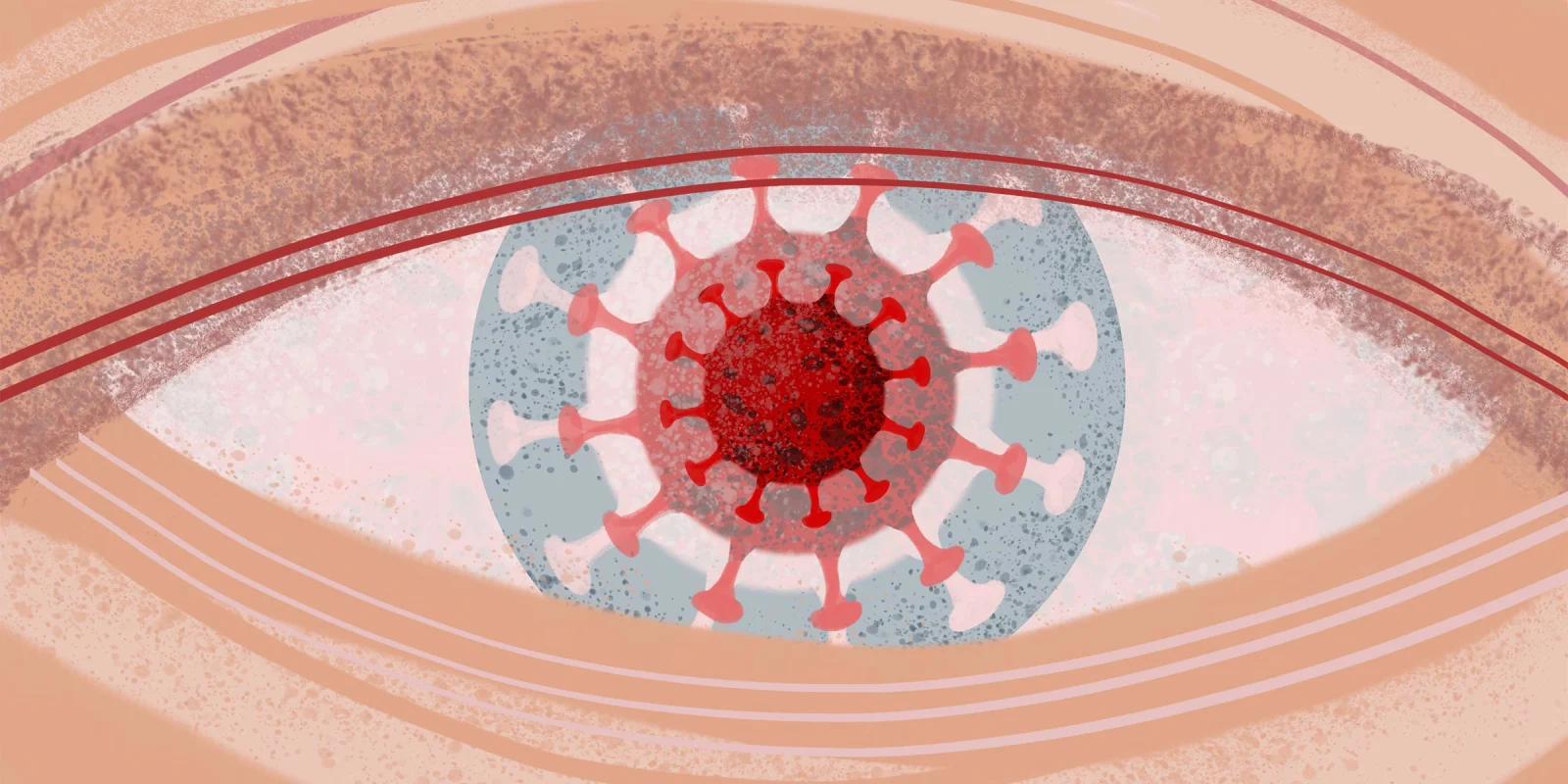As America enters fall, with upcoming holidays, colorful falling leaves, and college football, we are still under the dark cloud of COVID-19. Vaccines are in the news, along with vaccine mandates and boosters, as well as concerns over vaccine side effects. At recent retina meetings, including the Retina Society and ASRS annual meetings, proof of vaccination was required for all attendees.
At the meetings, one of many hot topics included gene therapy for macular degeneration, diabetic retinopathy, and inherited retinal diseases. As I listened to talks on gene therapies, with my digital vaccine passport tucked into my phone, I was struck with the parallels between the novel COVID-19 vaccines and retinal gene therapy, both the benefits and the potential unintended consequences.
In the retinal world, voretigene is an approved gene therapy for inherited retinal disease due to mutations in the RPE65 gene, a one-time injection of a gene necessary to make a protein needed for vision. In clinical trials are two gene therapies, one from RegenXBio and another from Adverum, both utilizing a gene injected into the eye, the gene programming cells in the eye to create an anti-VEGF antibody or protein, potentially eliminating the need for long-term and frequent intraocular injections.
COVID-19 vaccines, in particular the mRNA vaccines, work similarly in that they program our bodies to make a specific protein, the COVID-19 spike protein, leading the recipient to mount an immune response, creating antibodies and eventual humoral immunity to the virus, hopefully protecting the vaccine recipient from severe infection or death.
These are both novel and cutting-edge ideas, turning the body into a drug factory. In the case of retinal diseases, this treatment has the potential to be a one-and-done therapy, eliminating the need for burdensome long-term frequent intravitreal injections.
I was struck by both the similarities of these therapies, and some of the potential unintended consequences.
At one level are inflammatory side effects from introducing novel proteins or antibodies into the body, potentially triggering the immune system to mount an inflammatory response. For retinal disease, we have seen this occur rarely with conventional anti-VEGF therapy, and in the ongoing gene therapy trials for AMD and diabetic retinopathy, an important aspect of treatment is the use of corticosteroids to control intraocular inflammation as the eye begins producing anti-VEGF.
With COVID-19 vaccines, there are reports of myocarditis and other inflammatory reactions in some patients, likely triggered by an over-exuberant immune response to spike protein production.
Another more interesting and potentially concerning side effect is that once the body becomes a “drug factory”, making spike protein or anti-VEGF, there is no way to turn off the factory. I am reminded of the Sorcerer’s Apprentice scene in the original Disney movie Fantasia, where Mickey Mouse commands a broom to carry water, only he has no way to stop it, which Mickey wanted to do once the water fetching task was complete. Chopping up the brooms only created more brooms carrying more water, and Mickey was soon underwater until rescued by the sorcerer.
On the COVID-19 side, can there be too much spike protein? Is it only being produced at the injection site or throughout the body? Can too much spike protein become toxic, causing other unknown problems not yet apparent due to limited follow up of this novel vaccine therapy? If excess spike protein is determined to be causing problems, can this production be turned off? Fortunately for COVID vaccines, current understanding is that the mRNA is quickly degraded by the body and spike proteins last only a few weeks, hopefully rendering the above questions interesting but moot.
Similarly, could too much anti-VEGF be problematic in the eye? VEGF is physiologic and necessary for vascular reperfusion after ischemic injury and wound healing. Despite the viral vectors being injected in the eye, could any of this travel elsewhere in the body where VEGF blockade is neither necessary nor useful? Could excess VEGF inhibition in the eye increase the progression of geographic atrophy?
Lots of questions and few answers at this point. Like Mickey Mouse’s water carrying brooms, how can we turn this process off if at some point in the future, the therapeutic goal has been achieved and the pendulum then swings to overproduction and the creation of new problems? Once the switch is turned on, there is currently no way to turn it off.
For AMD patients, most are elderly, and the long-term consequences are less of a practical issue. For diabetic patients who may be younger, or inherited retinal disease patients who are often children, long-term means much or all their life span. This is the same for COVID-19 vaccines, currently given to individuals of all ages except young children. Clinical trial data looks at months or a few years, but what about decades and longer?
This is not meant to be critical of these wonderful new technologies, as they are truly revolutionary and have the potential to treat many diseases. But the “law of unintended consequences” has reared its head frequently in nature and science, and perpetually lurks in the background, waiting to pounce.
Hopefully gene therapy realizes its potential to cure or prevent chronic diseases through vaccination or other means of turning the human body into its own drug or therapeutic factory. At the same time, we need to be cognizant of therapies, that once initiated, that cannot be turned off. Stay tuned as this will be an exciting new chapter in medicine and therapeutics.
Dr. Joondeph is a clinical trial investigator for Adverum and RegenXBio.
Image: A Odo / shutterstock







